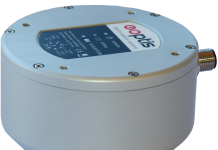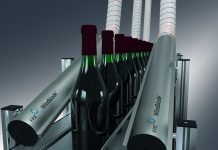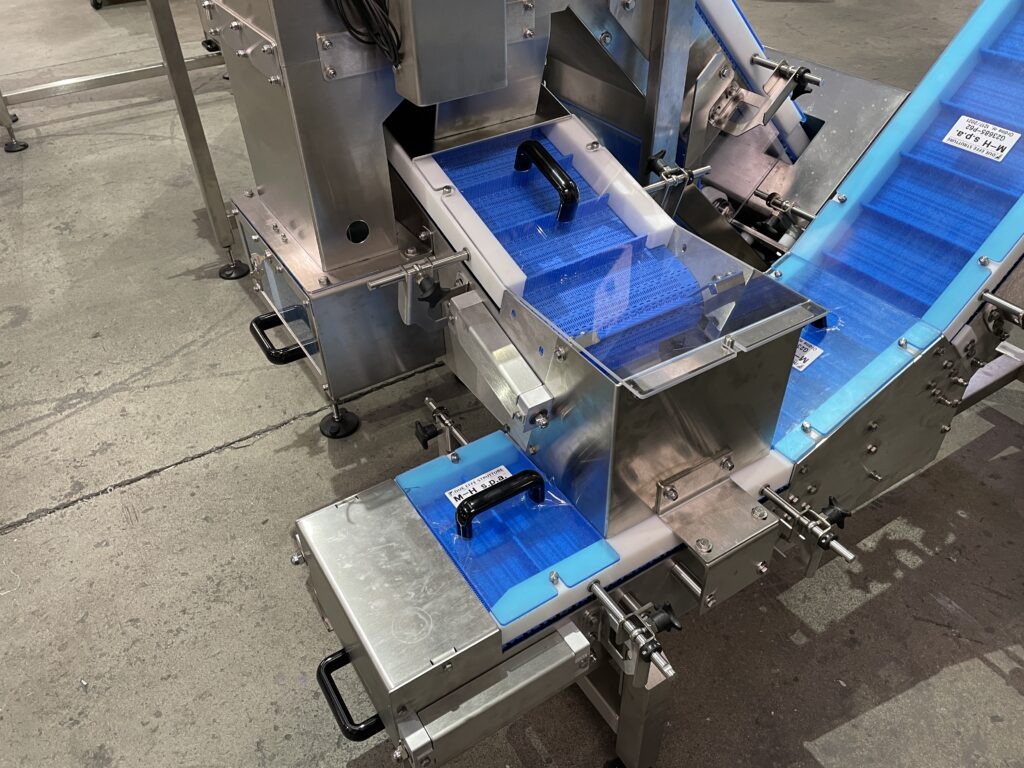
Washdown, easy to clean, hygienic design. Three construction standards proposed by MH to ensure food safety.
Material Handling is an Italian company that for three decades has been providing transport and handling solutions for any industrial sector, including the food industry. Thanks to their modular design, the systems are fully interchangeable and easily integrated into existing lines; next to conveyor belts they include buffering systems, elevators/lowerators, mergers, manipulators, and dividers.
In its design and construction activity, MH has always devoted great attention to food safety, a theme of great importance also for all the other players in the chain: From machine users to consumers. The issue of food safety is also crucial for institutions and legislators, who have issued regulations and guidelines for the design of food & beverage machinery over the years.
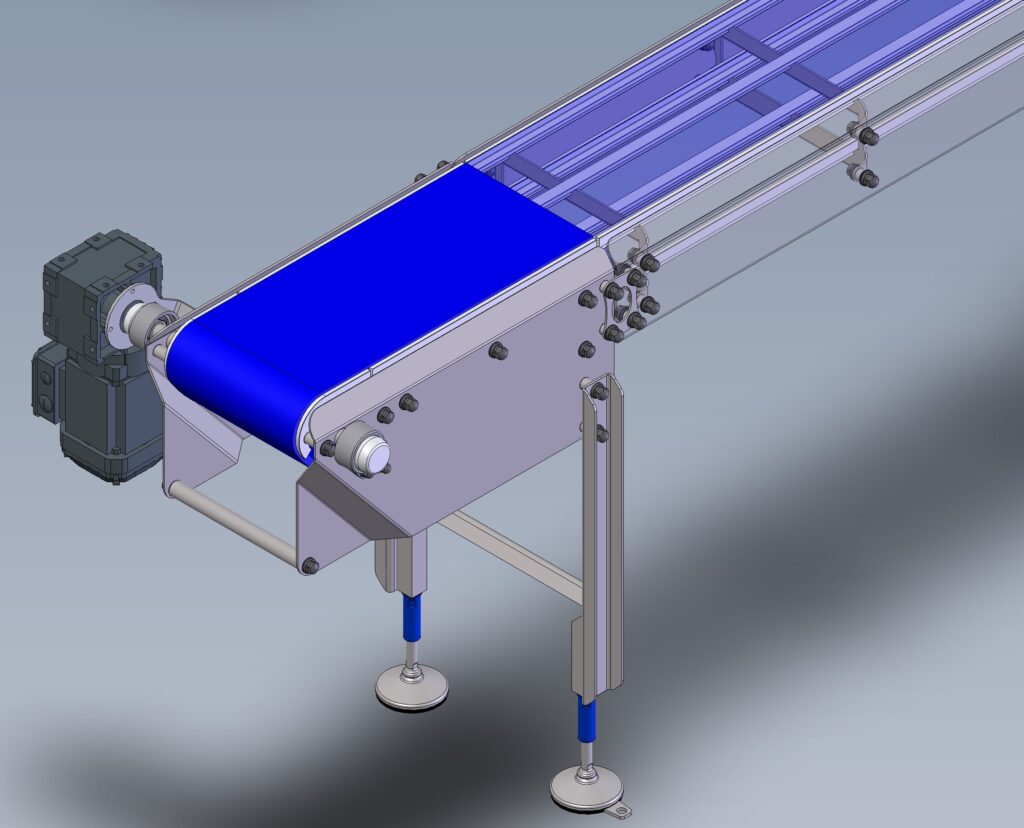
The reference point is European regulation 1935/2004, according to which materials shall be manufactured so that they do not transfer their constituents to food in quantities which could endanger human health or bring about a deterioration in the organoleptic characteristics of food.
Each Member State may supplement this legislation by national measures, because “the legislation only refers to the characteristics required for materials that come into direct contact with food, but does not lay down specific construction standards, which rather are the result of the need to prevent product contamination during the use of machinery,” explains Luca Fontana, Sales Manager of Material Handling.
“The fact that the burden of ensuring proper sanitation of the plants falls on the user has led, as a direct consequence, to the evolution of the design specifications by the food companies which then also involved us machine manufacturers. This is a very common approach, but it involves significant increases in costs, design time and maintenance of machinery.”
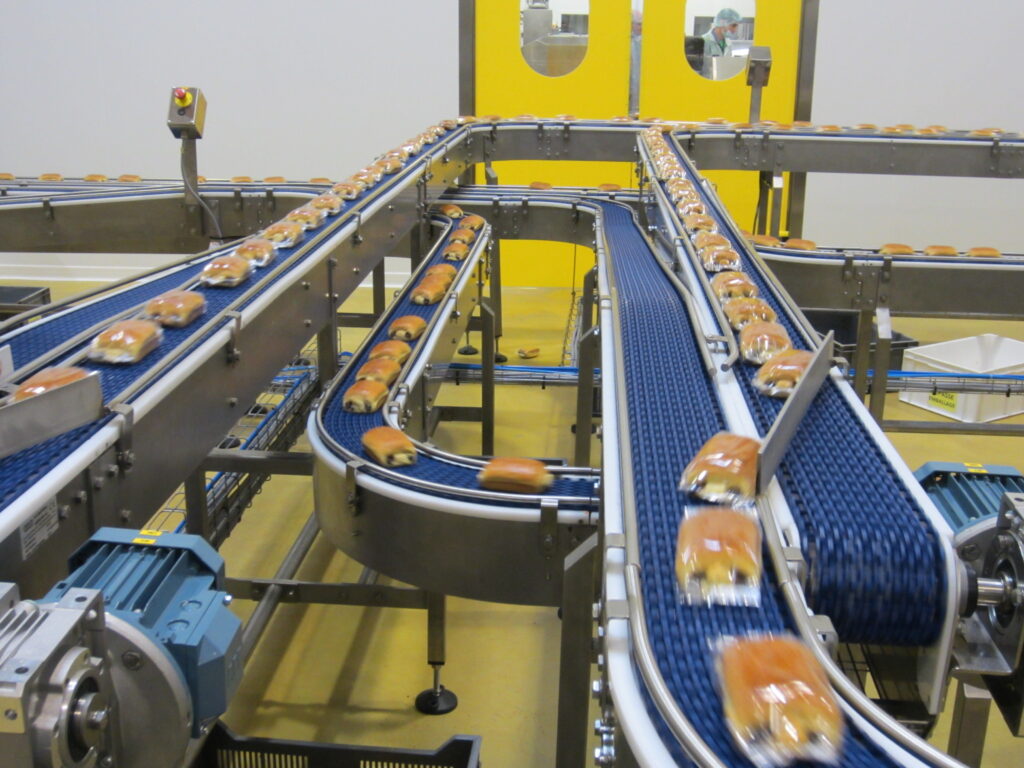
Technologies for packaged and non-packaged food
Material Handling manufactures conveyor belts that comply with regulations, but also offers customers the possibility to safeguard the value of their investment. According to a proven methodology, it proposes three possible construction standards: Washdown, easy to clean, hygienic design. “This applies to the so-called “naked” products, because the belts for packaged products have aluminium or painted iron structures that comply with all regulatory requirements,” explains Fontana.
The washdown conveyors are made of materials and devices suitable for washing with water, and possibly detergents, but the ultimate goal is to guarantee the life of the machine as they are positioned in a white area. Structure and accessories are made of stainless steel, while electric motors and pneumatic accessories have standard components with simple protection against splashes.
They are suitable for the transport of semi-packaged to packaged products, and possibly for occasional contact in case of leaking package. Easy to clean is a constructive methodology that represents a further step forward compared to the previous one. In addition to having the typical washdown features, the design facilitates disassembly to allow for scheduled or frequent cleaning. It is a compromise that allows the transport of unpackaged food without the risk of bacterial load. When food transport involves a high risk of bacterial growth, hygienic design is ideal.
“This is a construction standard that provides for wide accessibility to all parts of a machine”, continues Fontana, “and that requires mediation with safety regulations. Special are hardware and spacers, with seals suitable to prevent any coupling between flat surfaces. The machines have no visible threads, no horizontal surfaces or – even worse – concave surfaces with the risk of stagnation of the washing liquid. The most typical application is the transport of naked products (meat or cheese, for example). And it is no coincidence that the design indications derive directly from the USDA standard developed for these sectors.”

